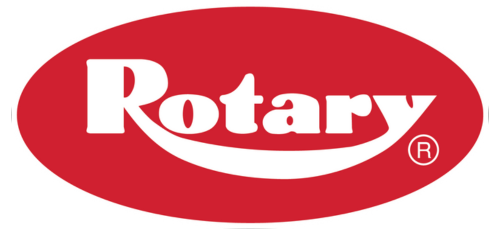
Summer is fast approaching, bringing with it mandatory state bus inspections for many school districts. Garage operators concentrating on getting their buses in top shape should also take the time to evaluate their vehicle lifts, as lifts are essential to the inspection process.
“Most transportation inspectors won’t even look at a bus unless it’s on a lift,” said John Howland, president of Filtrec Corporation, a Rotary Lift Master Distributor. “Inspectors need to thoroughly access the frame, drivetrain, suspension, fuel lines, tires and other components. If they have to crawl around on the floor or lie on a creeper, there’s a chance something could be missed.”
Howland suggests that bus maintenance personnel take time before the inspections to inspect, clean and maintain the lifts they have and think about replacing the ones nearing the end of their life expectancy.
“You can have a garage full of lifts, but they don’t do you any good if they aren’t working properly,” he said. “After a long winter of being exposed to road salt, lifts will start to corrode if they aren’t maintained. Routine maintenance is something technicians can easily perform on Rotary Lift products without calling a distributor.”
According to Howland, inground lifts are the most popular option for bus garages, but interest in mobile column lifts is growing. Both lift styles offer unobstructed access to the vehicle’s underside.
“No matter what model you choose, it’s important that the lifts in your shop are able to quickly move buses in and out of the bay,” Howland said. “Downtime during the setup for each bus inspection can be costly, especially if you have a large fleet. Easy-to-set-up Rotary Lift models like the MOD35 and MCH413 allow you to move buses through the inspection area as efficiently as possible.”
{{cta(‘e04f27bf-1e59-4cca-b32c-6b0879736d6a’)}}
